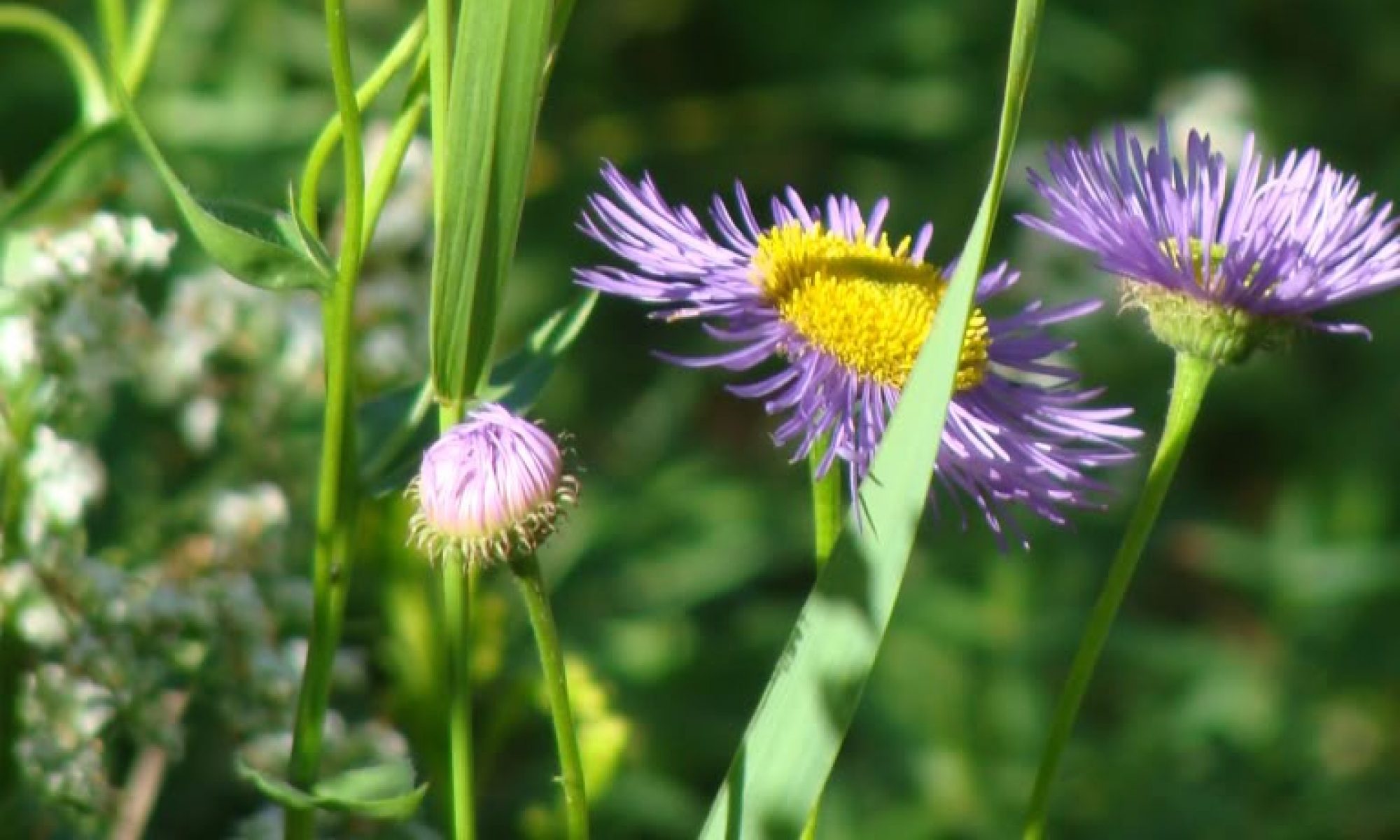There are very few places that resemble the ecosystems that existed prior to human intervention. Some friends took me to a nature park this week that hinted at the beauty European’s would have found in the mid-1500s when they first started exploring Oregon. Mount Talbert Nature Park is an oasis near Portland, a new wildland undergoing restoration, with second-growth native trees, streams, and ponds. There are handsome young western hemlock trees (Tsuga heterophylla) along the paths, some 100-foot Douglas firs (Pseudotsuga menziesii, and impressive, thick stands of western red cedar trees (Thuja plicata).
In December, you don’t expect to see buds or blooms, but the beaked hazels (Corylus cornuta) and the red alders (Alnus rubra) had catkins breaking out and already showy.

My favorite plants in this native plant nirvana were the sword ferns that carpeted acres of land under those tall conifers. They looked perfectly natural in that setting and provided a luxurious understory in dry shade.

Ferns are not prioritized as a major food web plant in the books I’ve read about restoration, but they aren’t completely lacking in their food web contributions. And it seems likely that more insects and animals use ferns than even scientists know about. It seems unlikely that plants could evolve so successfully without having hungry bugs and critters evolving right alongside to eat all those luscious fronds. I did some digging and found out that deer, rabbits, and insects do eat sword fern leaves. Interestingly, creatures eat fern spores, including mice, birds, and bats! What amazing, useful plants!
